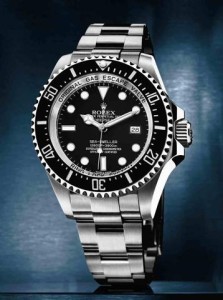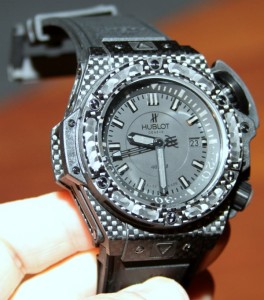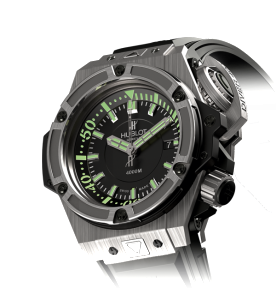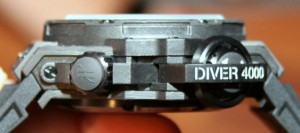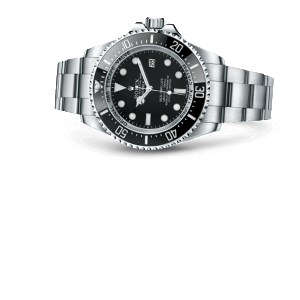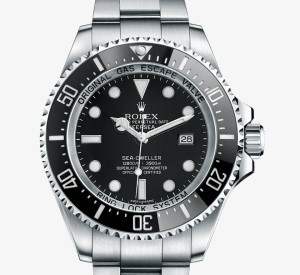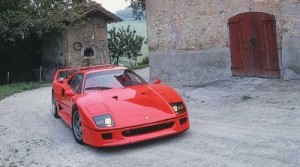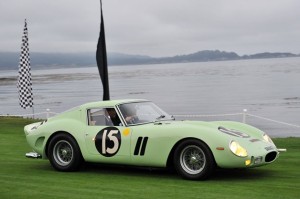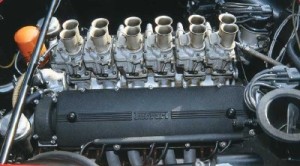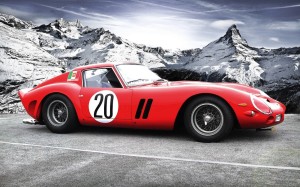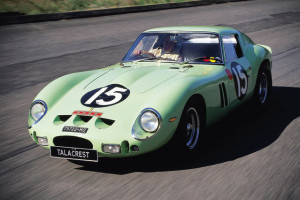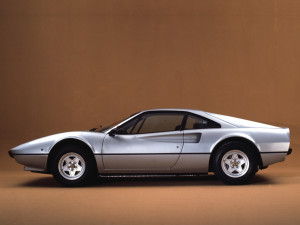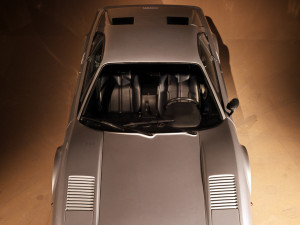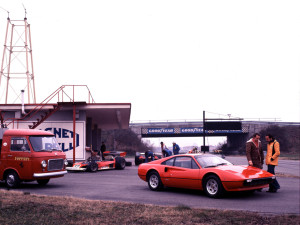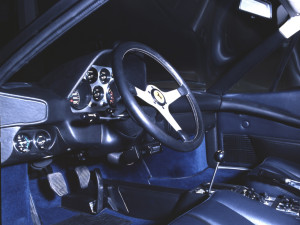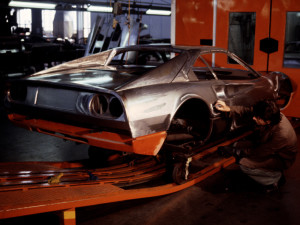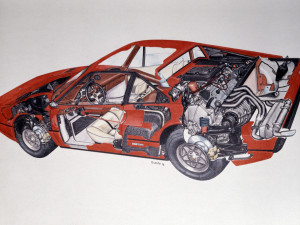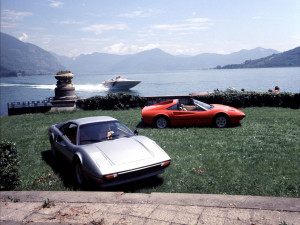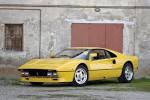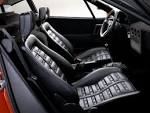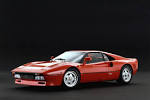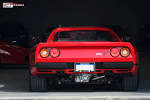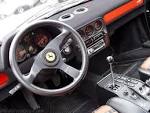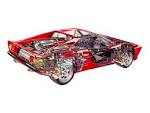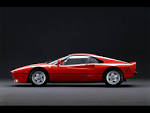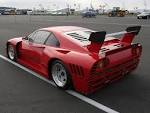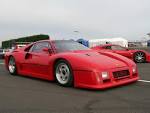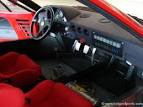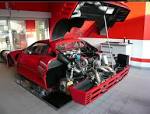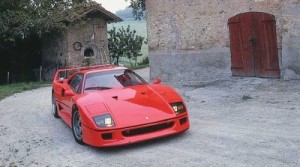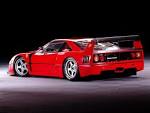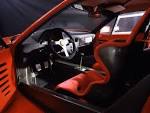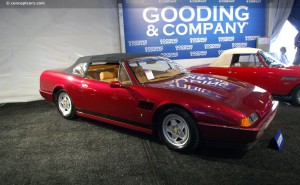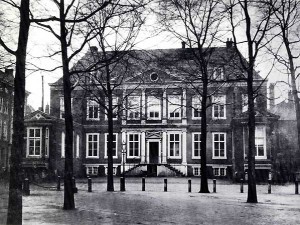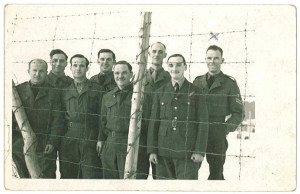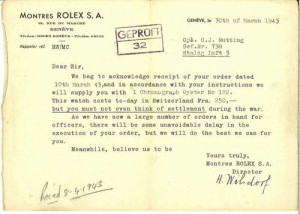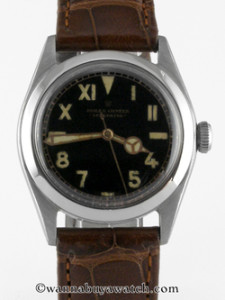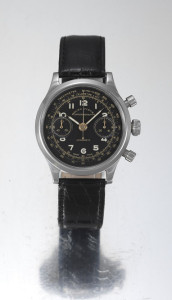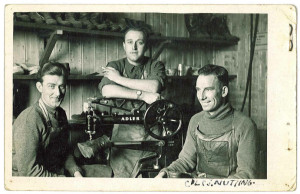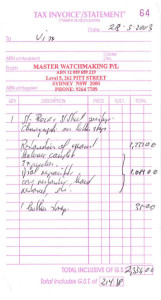4,000 metres below sea level: Rolex or Hublot?
The pictures above show that Rolex and Hublot both have a totally different approach to the phenomenon of dive watches. The Rolex is a more modest watch from which it’s exceptionality, being able to withstand water pressure at a depth of nearly 4.000 m, is not directly visible. The Hublot is a very prominent watch which radiates the fact that it must be something special.
Let’s take a closer look at both watches.
Nowadays every self-respecting watch brand has a dive watch in it’s collection. Before the arrival of Jean-Claude Biver, the current CEO of Hublot, Hublot already had dive watches in it’s collection. The line of models called Big Bang King contained several watches in radiant colours, with a turning diver’s bezel and waterproof to 300 m.
However the Oceanographic 4000 m was to be the first serious dive watch that Hublot was going to make. The most important question was ‘how are we going to make this dive watch a real Hublot?
Not inhibited by any kind of modesty the watch had to be big and striking. In addition Biver’s ‘fusion’ philosophy offered the possibility of using exotic materials in the production of the watch. Most obvious and also actually used is carbon.
Initially the watch was known as the 4000 m Diver but Biver likes to associate partnerships to a certain type of Hublot watch and in this case with the Musee Oceanographic de Monaco (watch case in titanium).
The King Power style case has a diameter of 48 mm and sapphire glass with a thickness of 6.5 mm. Of course, there is a helium valve.
In case anyone seriously wants to use the Hublot for diving he should definitely take the titanium version because the version in carbon is badly readable is at great depths. However, if one remains at the beach then the Hublot in carbon is an interesting option; the material is tough, has all kinds of applications in Motorsport and aviation, and can absorb shocks well.
The large crown at 2 hours is used for setting the hands and the one at 4 hours for turning the inner diving bezel. The lever over the crown at 2 hours has no direct function and must above all be seen as an expression of design.
Interesting and clever is the triangle between the lugs. This allows different straps to be easily exchanged. One has the choice between a rubber band for the ‘ work ‘ and a rubber/nylon band for ‘private’.
The following are the technical specifications provided by Hublot:
Reference 731.NX.1190.RX, 731.QX.1140.RX
Series Limited to 1000 pieces for the titanium version
Numbered 01/1000 to 1000/1000
Limited to 500 pieces for the All Black version in black carbon fiber
Numbered 01/500 to 500/500
Case: “King Power” — 48 mm diameter
Micorblasted satin-finished titanium or matte carbon fiber
Bezel Microblasted satin-finished titanium or matte carbon fiber
6 black PVD H-shaped titanium screws
Crystal: Sapphire with anti-reflective treatment
Lug: bezel Black composite resin
Lateral inserts Black composite resin
Case back: microblasted satin-finished titanium, or microblasted satin-finished titanium with black PVD
Crown: Titanium with black rubber insert or black PVD titanium with black rubber insert
Screws: Black PVD titanium
Water resistance: Certified to 400 ATM or 4,000 meters
Tested to 5,000 meters according to the NIHS standards
Dial: Matte black
Satin-finished appliques with green or black SuperLuminova
Hands Microblasted satin-finished with green or black SuperLuminova
Movement: Mechanical with automatic winding HUB1401
No. of components: 180
Jewels: 23
Bridges: Satin-finished, beveled & polished
Screws: Black PVD
Barrel: With reinforced spring
Escapement: Glucydur hairspring
Power Reserve: Approximately 42 hours
Straps: Available with two straps — black rubber and rubber and nylon
Closing system Tongue and buckle in titanium or black DVD titanium
Rolex Sea-Dweller Deepsea
The difference between the 2 watches is like day and night. Where the Hublot is expressive and flamboyant, the Rolex watch is a subdued watch but with an expression of force and robustness.
Since no one can describe the Deepsea better than Rolex itself, we will first see what they have to say about it:
The Deepsea already has a history of 53 years. On 23 January 1960 the Swiss oceanographer Jacques Piccard and U.S. Navy Lt. Don Walsh manned the Bathyscaphe Trieste on descending to the lowest point below sea level (feet/35.814 10,916 m). On the outside of the Trieste was an experimental Rolex Deep Sea Special (read article Jacques Piccard: 36,000 feet into the Mariana Trough). When the Trieste had resurfaced after the record dive, a telegram with the following text was sent to the Head Office of Rolex: “HAPPY ANNOUNCE TO YOU YOUR WATCH AS PRECISE AT 11,000 METRES AS ON SURFACE. BEST REGARDS JACQUES PICCARD”.
During the 1940s and 1950s the developments in the diving technology caused a real explosion in the exploration of the seas and oceans. The professional diving world began to rely on the Rolex watches as an essential part of the equipment and they also contributed to the further development of the Rolex dive watches.
A brief chronology of the different Rolex watches for divers:
-the iconic Oyster Perpetual Submariner, introduced in 1953, is now waterproof to a depth of 1,000 feet/300 m
-The 1967 Sea-Dweller increased the depth of the Rolex watch to 2,000 feet/610 m and from 1978 to 4,000 feet/1,220 m
-the ultimate model is the Deepsea, introduced in 2008, able to go to a depth of 12,800 feet/3,900 m. The most important factor of this model is that it offers a substantial margin of safety to divers who work in open water at great depths. Each produced Rolex Deepsea is individually tested in a specially built stainless steel hyperbaric tank in Geneva
Conlusion
There is no disputing about tastes. The Hublot Oceanographic 4000 m is created for a different audience than the Rolex Deepsea.
The only thing that can be said is that the Rolex watch is much more an all round watch than the Hublot. The Rolex is more subdued, can be worn for all types of occasions and clothing and has also proven to be an indispensable part of the equipment of professional divers; Hublot have yet to see to prove that professionals are going to wear this watch.
The Hublot’s strong points are it’s flamboyant appearance, the easiness with which the straps can be changed and in the case of the carbon model the use of exotic material.
The choice is yours!
Jaap Bakker
